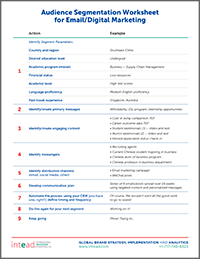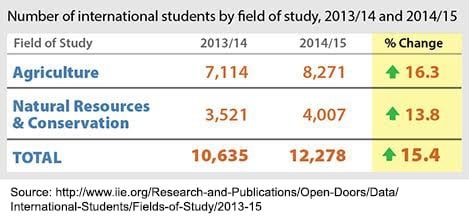You know the saying: you can do anything, but not everything. It applies to all aspects of life and work. And it really applies to those in the international student recruitment industry who travel.
Traveling for recruitment is a whirlwind. There is advance planning, the many activities, meetings, fairs and visits that you have scheduled for your trip. Did we mention the long days on your feet at the booth while struggling with jet lag? Best not to mention that part, right?
And then, of course, the most important part of recruitment travel: following up with leads. Wasn't the whole point of the trip to find prospective students and ultimately enroll them?
It is quite a lot to take on. And last time we checked, you only had two hands, one brain, and 24 hours in a day.
Of course you can do it, but not all at once. We know the challenges you face while traveling, we’ve talked to your peers in the industry and we hear you. So, to help with that most important part--the lead follow up--we’ve created a “Getting The Most Out Of Travel” worksheet for you to, quite literally, keep in your back pocket.
The Bottom Line: making sure you are converting those student leads, which is really why you are spending those budget dollars on recruitment travel to begin with.
Setting up a plan is key. To effectively market your institution while traveling, you have to have a clear strategy in mind and a step-by-step process to reach your end goal. This downloadable worksheet might be just the thing to share with your team as a helpful checklist as you fly forward...
Read More










